Manufacturing Operations Software | Quality, Safety and Compliance
Improve with manufacturing operations software managing quality systems, equipment maintenance, safety compliance and production standards across your facilities. OpsPal helps manufacturers implement ISO 9001, maintain equipment reliability, ensure workplace safety, standardise work instructions and demonstrate compliance to customers and regulators — supporting operational excellence from shop floor to senior leadership. See how Hurleston Hall Hotel are benefiting from OpsPal
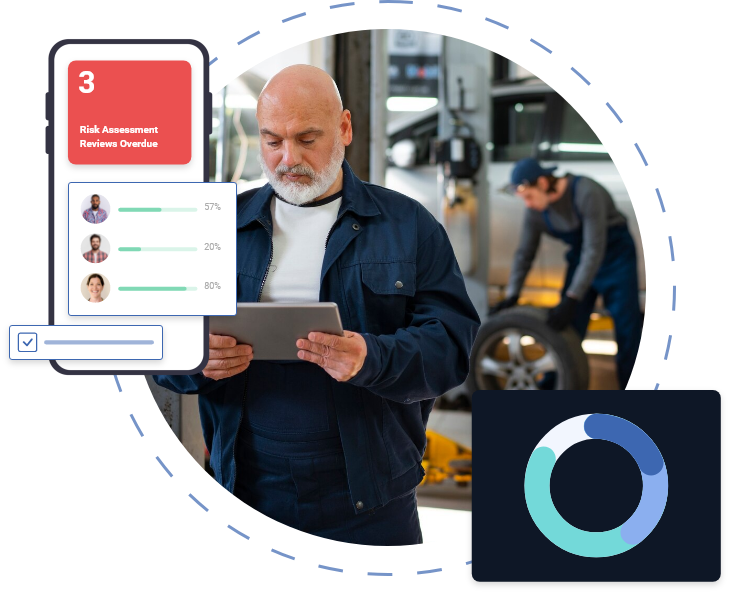














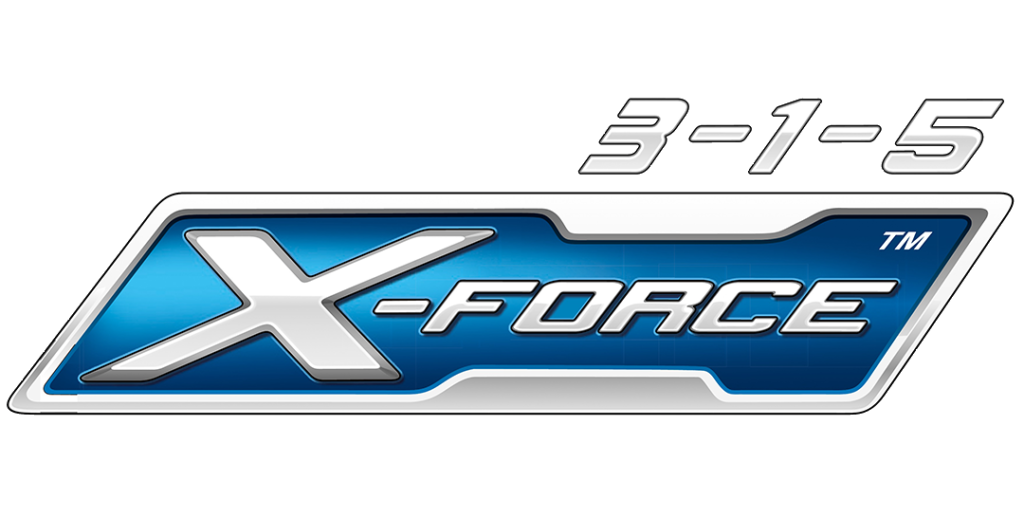
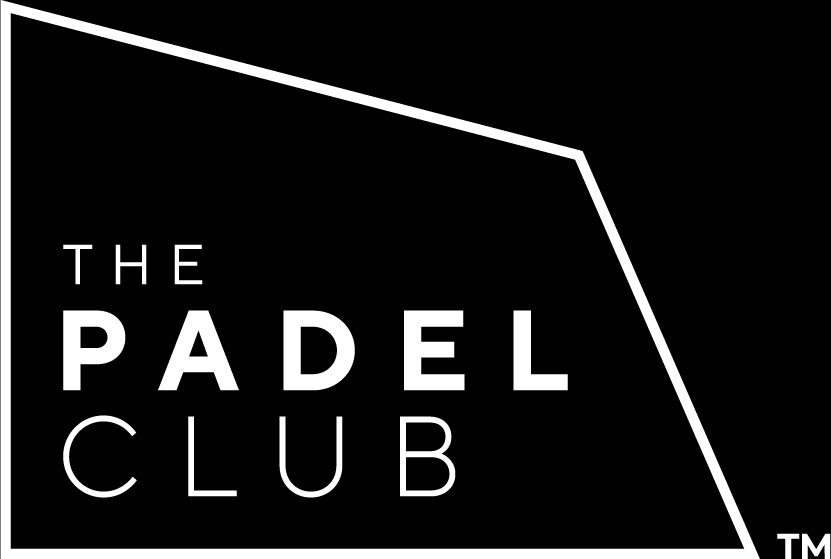




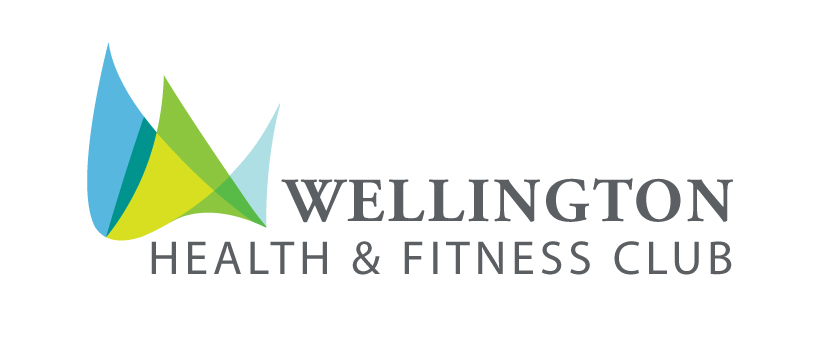


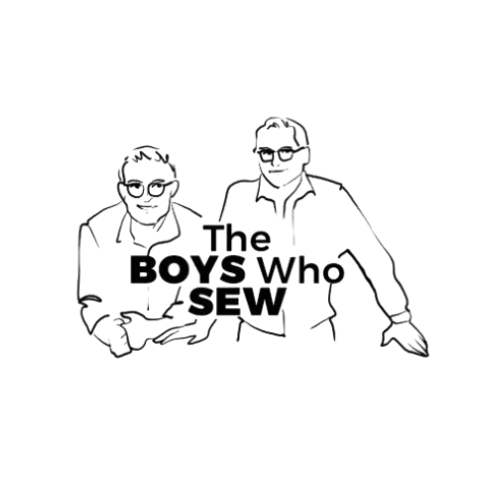
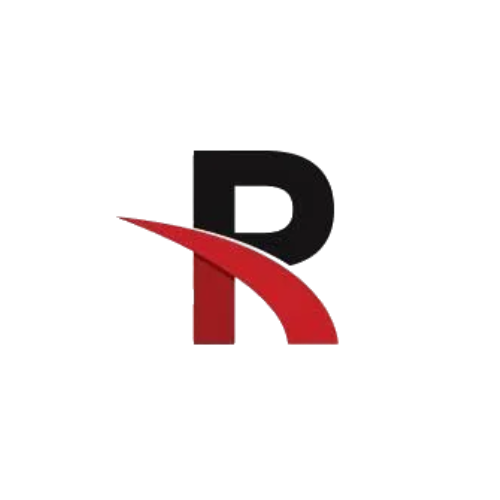












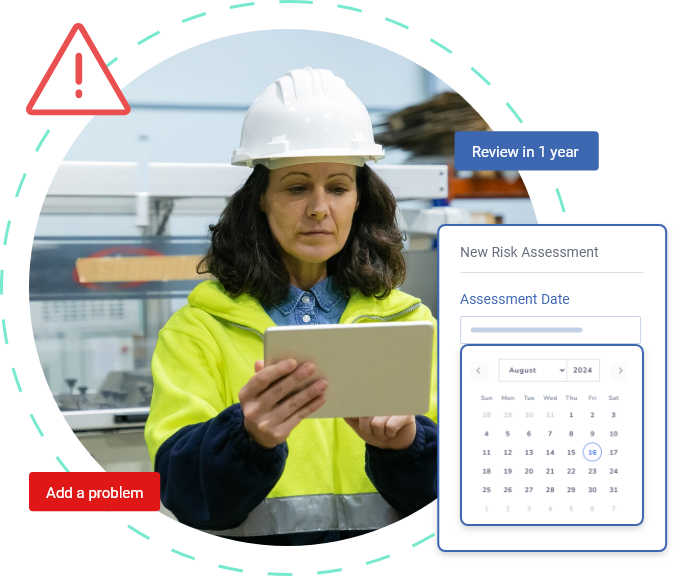
Standardise production and reduce variation
Manufacturing quality depends on consistent processes. When operators follow different methods, variation increases, defects rise and efficiency suffers. OpsPal provides the structure to standardise operations and reduce process variation across shifts, lines and facilities.
Digital work instructions and standard operating procedures Replace paper-based work instructions vulnerable to loss, damage or outdated versions remaining in circulation. Digital SOPs ensure operators always access the current version. Include photographs, diagrams, videos and step-by-step instructions guiding operators through setup, production, changeovers and quality checks.
When process improvements are identified, update work instructions once and deploy changes across all relevant workstations instantly. Track which operators have reviewed updated procedures, ensuring changes are communicated effectively before implementation.
Link work instructions to the products, machines or processes they cover. Operators access the specific instructions they need without searching through irrelevant documentation. This efficiency reduces setup time and eliminates confusion when operators rotate between workstations.
Shift handover and communication Production operates continuously across multiple shifts. Structured shift handovers ensure critical information transfers between outgoing and incoming teams — production status, quality issues, equipment concerns, material shortages or urgent customer requirements.
Digital handover checklists ensure consistency. Outgoing shift leaders confirm key information is passed on. Incoming shift leaders acknowledge receipt. Management sees handover completion across all shifts and facilities, identifying where communication gaps need addressing.
Multi-site manufacturing standardisation For manufacturers operating multiple production facilities, standardisation ensures consistent quality regardless of location. Deploy proven work instructions, quality procedures and safety protocols across all sites. When one facility develops process improvements, share learnings across your entire manufacturing operation.
Compare performance metrics across sites to identify best practice for replication and underperforming facilities requiring support.
Maintain equipment reliability and reduce downtime
Equipment reliability directly impacts production output, quality and costs. Reactive maintenance responding to breakdowns creates unplanned downtime, rushed repairs and production losses. Planned preventative maintenance (PPM) maximises equipment availability whilst minimising emergency failures.
Total Productive Maintenance (TPM) support Track preventative maintenance schedules for every production machine, facility equipment and utility system. Schedule maintenance based on time intervals, production cycles, or equipment condition. Automated reminders ensure maintenance is completed before equipment failures occur.
Autonomous maintenance checklists empower operators to perform routine care — cleaning, lubrication, inspection, minor adjustments. This first-line maintenance prevents problems whilst freeing specialist engineers for complex tasks. Track operator maintenance completion, identifying where additional training or supervision is needed.
Equipment history and maintenance records Maintain complete maintenance history for every asset. Track when maintenance was performed, what work was completed, parts replaced, costs incurred and downtime duration. Use this data to identify chronic problem equipment requiring replacement or redesign.
When equipment fails repeatedly, maintenance records support warranty claims, supplier performance discussions or capital expenditure business cases. Compare maintenance costs versus replacement costs to inform strategic asset management decisions.
Breakdown reporting and response When equipment fails unexpectedly, rapid reporting and response minimises production impact. Operators report breakdowns immediately from shop floor, capturing problem descriptions, suspected causes and photographs. Maintenance teams receive instant notifications and track repairs to completion.
Link breakdowns to root cause analysis and corrective actions. When the same equipment or failure mode recurs, systemic improvements are needed — better maintenance procedures, operator training, design modifications or replacement. Track whether corrective actions actually prevent recurrence.
Reducing downtime through visibility Real-time visibility shows which equipment is down, which maintenance is planned, and where capacity constraints exist across facilities. Production planning uses this information to schedule production around planned maintenance rather than being surprised by unplanned downtime.

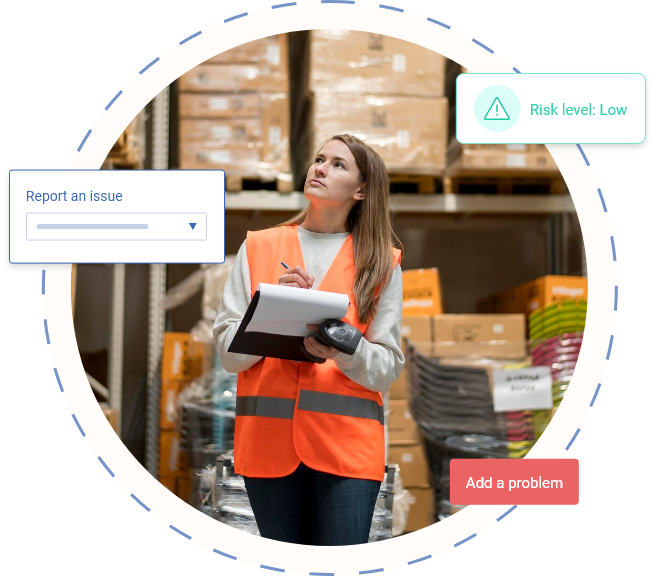
Ensure quality and support ISO compliance
Manufacturing quality systems require documented procedures, inspection records, non-conformance tracking and continuous improvement. OpsPal provides the structure supporting ISO 9001, AS9100 (aerospace), IATF 16949 (automotive), or GMP (pharmaceuticals) quality management systems.
Quality inspections and in-process checks Digital inspection checklists for incoming materials, in-process verification and final inspection ensure consistent quality assessment. Inspectors complete checks on mobile devices, recording measurements, observations and photographs. Out-of-specification results trigger automatic escalation to quality managers.
Statistical process control (SPC) data captured during production identifies trends before defects occur. When measurements approach specification limits, corrective action prevents non-conforming production rather than detecting defects after manufacture.
Non-conformance and corrective action When quality issues occur, structured investigation and corrective action prevent recurrence. Non-conformance reports capture what went wrong, potential root causes, immediate containment actions and investigation findings. Link quality issues to affected batches, customers and potential warranty exposure.
Corrective actions are assigned to owners with deadlines and tracked to verification of effectiveness. Management dashboards show open non-conformances, overdue corrective actions and repeat quality issues requiring strategic intervention.
Document control and procedure management ISO standards require controlled documents with version management, approval workflows and distribution tracking. Digital document management ensures operators access current procedures, quality plans and inspection specifications. Track who has acknowledged new or revised documents, evidencing effective communication.
Audit trails show complete history of document changes, approvals and distribution — exactly what ISO auditors expect to see during certification or surveillance audits.
Customer-specific requirements Automotive, aerospace, medical device and other regulated industries impose specific quality requirements. Track customer specifications, special characteristics, approval documentation and qualified personnel lists. Link customer requirements to the production processes, inspections and documentation they mandate.
Audit readiness Generate quality audit evidence instantly for ISO certification, customer audits or regulatory inspections. Show systematic quality management through inspection records, non-conformance investigation, corrective action effectiveness and continuous improvement. Demonstrate competent quality management rather than scrambling to compile evidence when audits are scheduled.
Manage safety and environmental compliance
Manufacturing environments present significant health, safety and environmental risks. Machinery, hazardous substances, manual handling, noise, heat and shift working require systematic risk management and regulatory compliance.
COSHH and hazardous substance management Track chemical inventory, COSHH assessments, exposure monitoring, control measures and training for every hazardous substance used in production. Link COSHH assessments to the processes using chemicals, ensuring operators access risk information and safe handling procedures when needed.
Monitor control measure effectiveness — local exhaust ventilation (LEV) testing, respiratory protective equipment (RPE) fit testing, health surveillance and exposure monitoring. Schedule mandatory inspections and examinations, ensuring compliance with Control of Substances Hazardous to Health regulations.
Machine safety and PUWER compliance Provision and Use of Work Equipment Regulations (PUWER) require equipment maintenance, safety inspection and operator training. Track machine guarding integrity, safety device function, thorough examination schedules and operator competency.
Permit-to-work systems control high-risk activities — lockout/tagout procedures, confined space entry, hot work permits and machinery maintenance. Digital permit management ensures authorisation, control measures and supervision are verified before work commences.
Risk assessments for manufacturing processes Maintain risk assessments covering machinery operation, manual handling, hazardous substances, noise exposure, lone working, shift patterns and all production activities. Link risk assessments to work instructions, ensuring control measures are embedded in how work is performed.
When incidents occur or processes change, update related risk assessments. Track assessment review cycles, ensuring nothing becomes outdated. Demonstrate systematic risk management to HSE inspectors and insurance providers.
Environmental compliance Track environmental permits, emission monitoring, waste disposal, energy consumption and water usage. Schedule environmental inspections, audits and regulatory reporting. Link environmental incidents (spills, emissions, regulatory breaches) to investigation workflows and corrective actions.
For manufacturers pursuing ISO 14001 or similar environmental management systems, operational data provides the evidence environmental performance is measured, monitored and improved.
Training and competency management Manufacturing safety depends on competent personnel. Track operator training, machine-specific qualifications, safety certifications, forklift licences and refresher training. Link training to the equipment or processes operators are qualified to work on.
Prevent unauthorised operation by linking competency to task allocation. Only appropriately trained and authorised operators complete high-risk activities. This systematic approach prevents competency failures that cause incidents or quality problems.
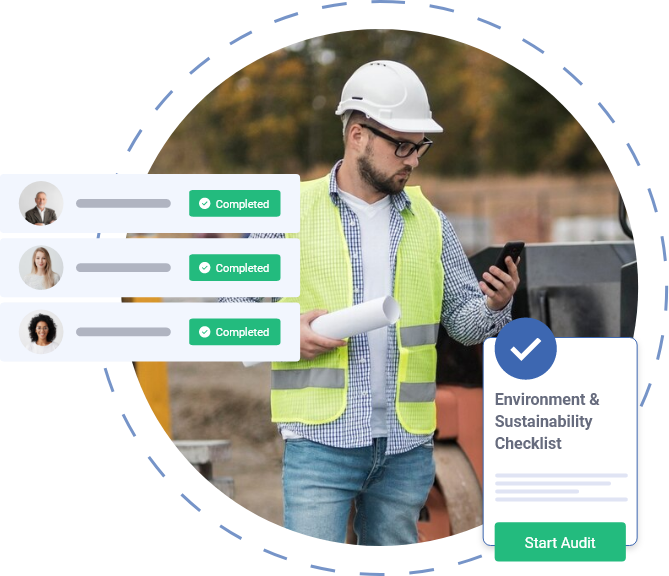
Book a Call With Our Team
We’re on hand for any questions you may have. Simply book a meeting using our booking system and we will talk you through any questions.
